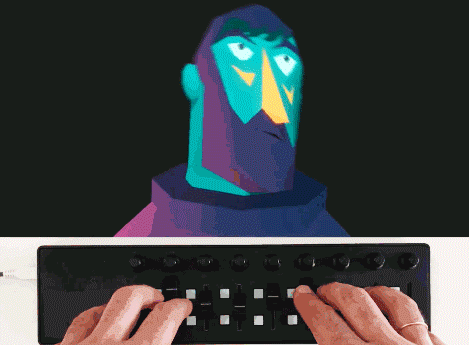The Crown Fountain has become an iconic part of Millennium Park in Chicago. It's an interactive work of public art designed by artist Jaume Plensa that was installed in 2004. The fountain consists of two 50 foot towers made out of glass blocks, which have a huge array of LEDs that create an image on the side of the towers. Water cascades down the sides of the towers into a large granite reflecting pool. The piece encourages public interaction; during the summer kids fill the pool and stand under the flow of water from the towers.
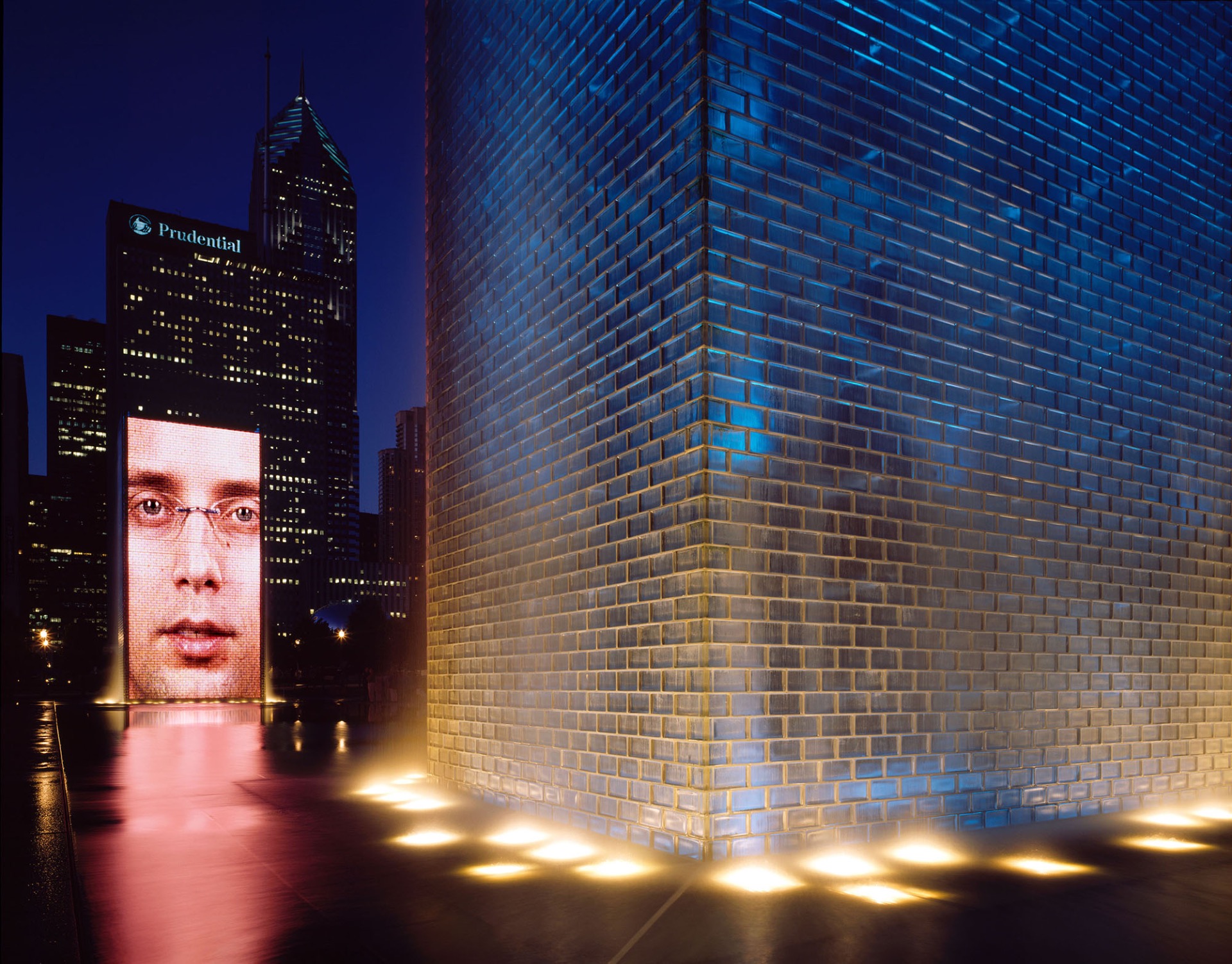
Though Plensa designed the sculpture, it was executed by Krueck and Sexton Architects. The total cost of construction and design is estimated to be $17 million, and it costs the City of Chicago $400,000 a year to maintain. Filming of the people on the towers was done at the School of the Art Institute of Chicago by 2o masters students in 2004.
The Fountain uses a large number of sensors to determine how to distribute water. The water falling from the top varies based off of the wind speed and direction to avoid loosing water due to splashing. Sensors in the pool measure water temperature and level and adjust the flow accordingly. The images displayed on the towers are randomly picked from a selection of around 1,000. Brightness and contrast of the video is automatically adjusted based off light conditions. When the faces "spit" a stream of water, the water and video are aligned across both towers. All the software written for this project was proprietary and runs on a number of controllers designed for shows.
Plensa was inspired by large European fountains with figures in the center. He wished to preserve the same principle but allow the public to become a part of the water feature. Where many decorative fountains are fenced off or prohibit public interaction, Crown Fountain encourages interaction. Instead of spitting gargoyles, Plensa enlisted Chicago residents to be the subjects in the ever changing face of the towers.
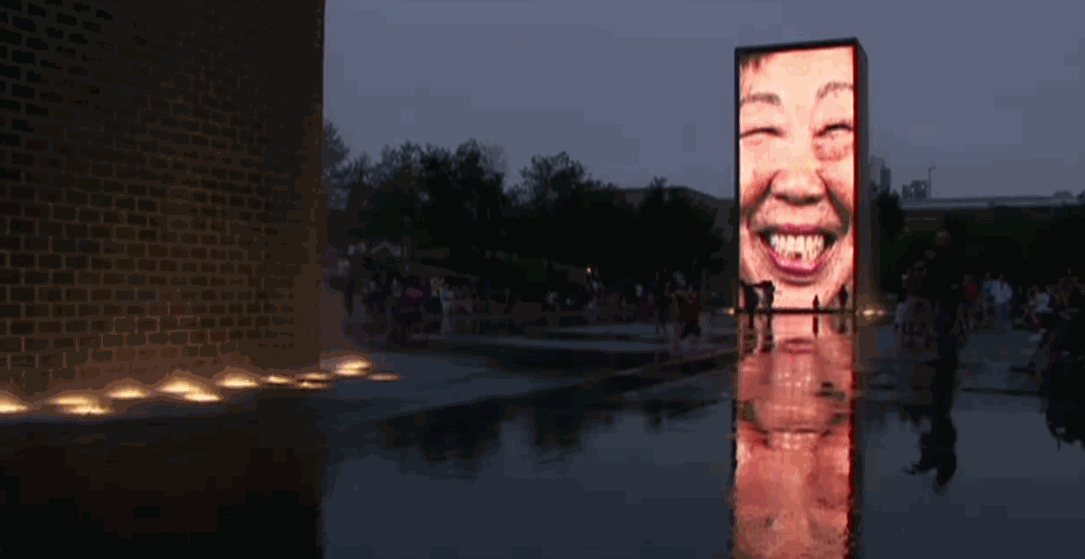

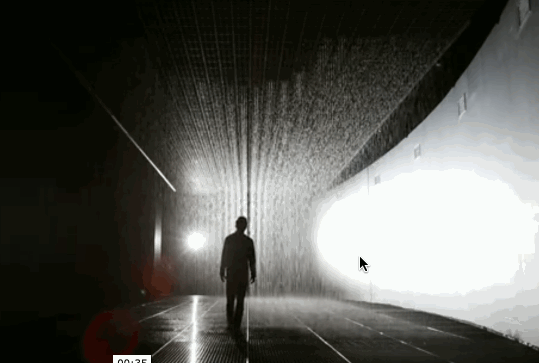
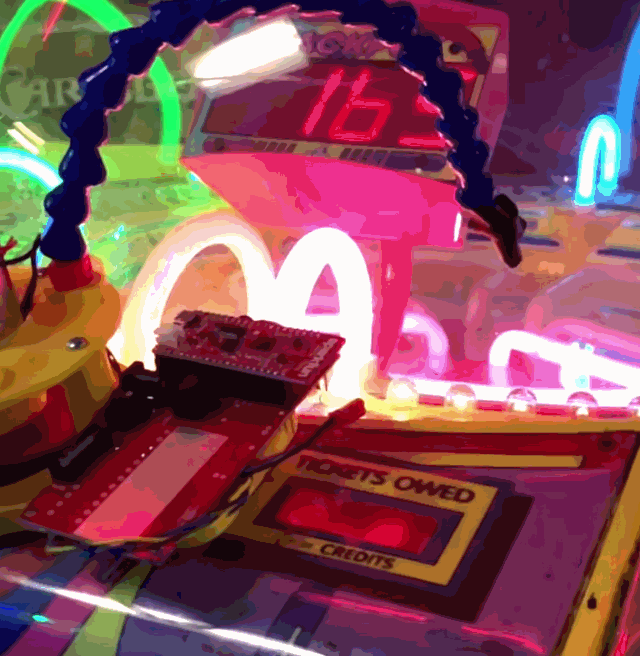 Mark Rober is a YouTube creator who uses a range of scientific and creative methods to solve curious problems. This project is a robot
Mark Rober is a YouTube creator who uses a range of scientific and creative methods to solve curious problems. This project is a robot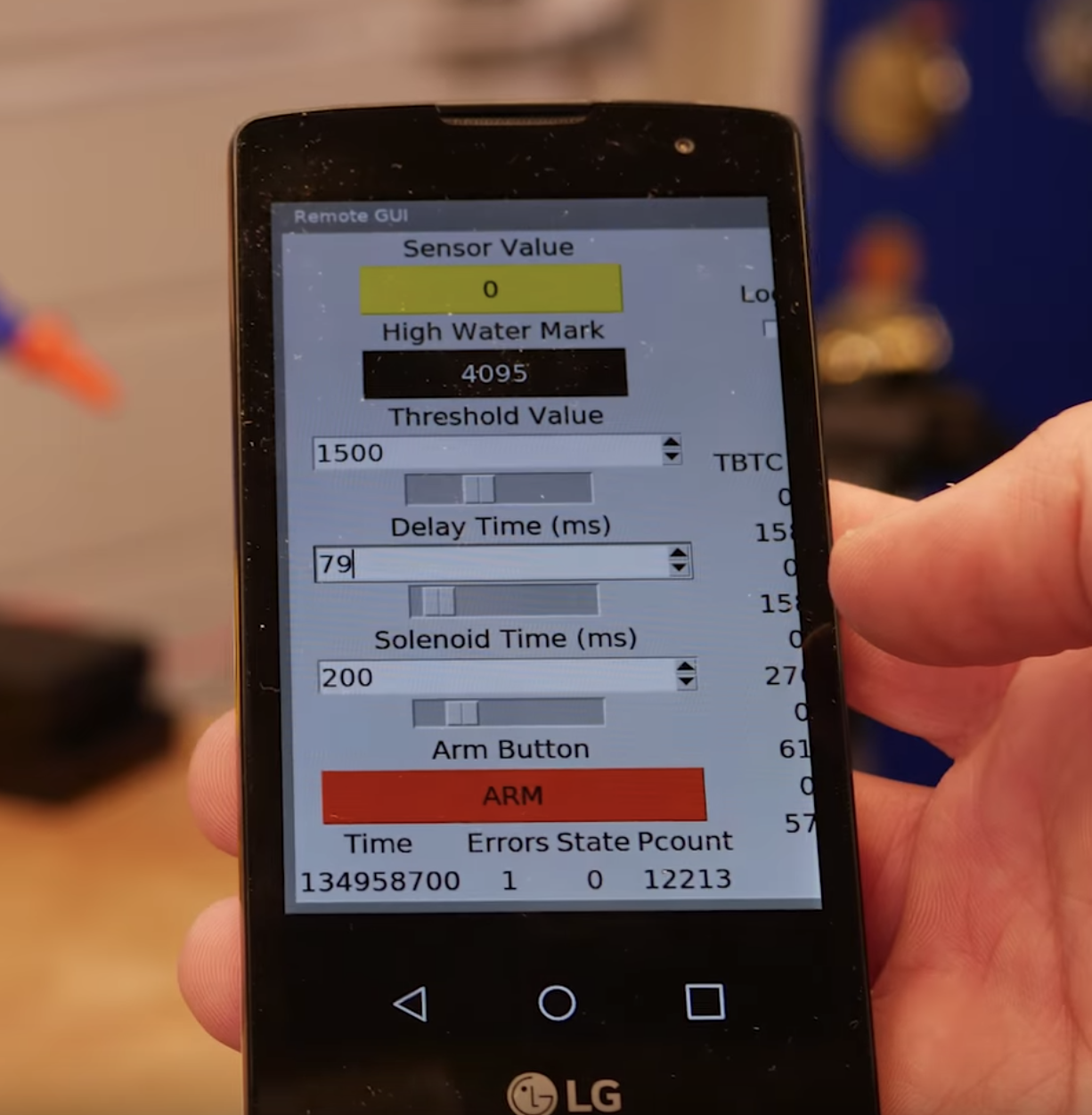 his home studio.The device was made with 3D-printed parts and includes an Arduino programmed to depress a plunger when a flashing light is detected. This connects via WiFi to an app developed to give the user fine control of the delay between when a light flashes and when the plunger is activated.
his home studio.The device was made with 3D-printed parts and includes an Arduino programmed to depress a plunger when a flashing light is detected. This connects via WiFi to an app developed to give the user fine control of the delay between when a light flashes and when the plunger is activated.

